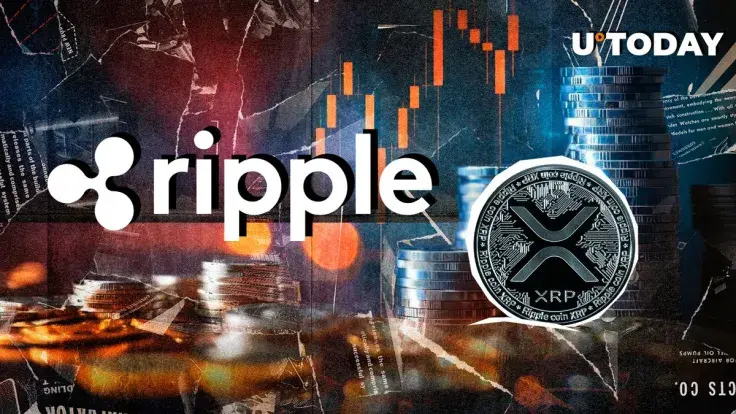
Set to be a major development in Ripple's ecosystem, the launch of Ripple USD (RLUSD), pegged to the U.S. dollar, was widely expected this year. Both XRP Ledger (XRPL) and Ethereum were originally planned as its launching platforms.
However, recent news suggests potential changes, as RLUSD can only launch on Ethereum this year or, alternatively, on XRPL as well, but without initial functionality in the Automated Market Maker (AMM), restricted instead to the DEX orderbook.
A key reason for this limitation comes from the clawback feature, which block the stablecoin from being utilized in XRPL’s AMM. There are amendments in development that could remedy this situation, notably XLS-73, which aims to improve how the AMM interacts with frozen assets, and XLS-77, designed to implement a more stringent freeze for trustlines, preventing the transfer of RLUSD by blacklisted accounts.
With XRPL being a decentralized network, when these amendments will take effect remains unpredictable, especially with community fatigue being observed.
David Schwartz weighs in
Ripple CTO David Schwartz provided his perspective, explaining that XLS-77 introduces less of a deep freeze than some might expect.
In cases where XLS-77 applies, instead of assets going into frozen accounts, they remain in unfrozen accounts with added restrictions, impacting payments that would have otherwise gone through.
Yet, despite technical progress, the RLUSD launch may not meet all expectations right away. A stablecoin of high quality is, without question, essential for Ripple’s future, but the initial release may lack complete functionality, requiring some patience from users.
Further intensifying the situation, the XRP community voiced strong objections over RLUSD’s potential limitations on XRPL, especially since it is expected to operate fully on Ethereum. This has not sat well with some, who hold deep-seated frustrations toward Ethereum and its creator, Vitalik Buterin.


 Dan Burgin
Dan Burgin Vladislav Sopov
Vladislav Sopov U.Today Editorial Team
U.Today Editorial Team